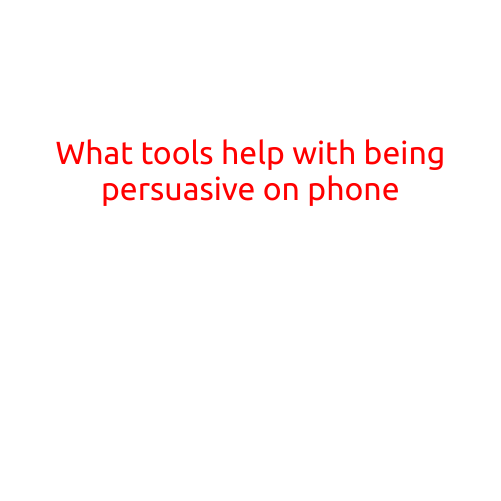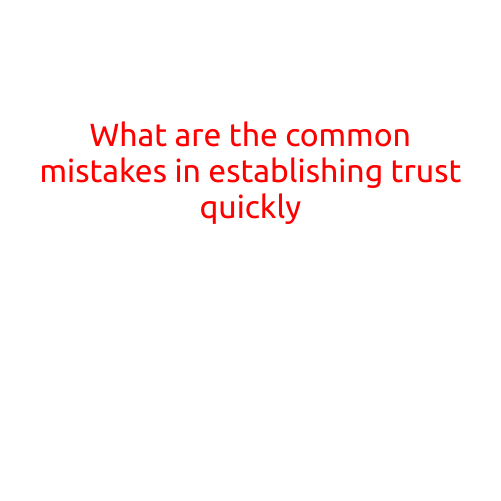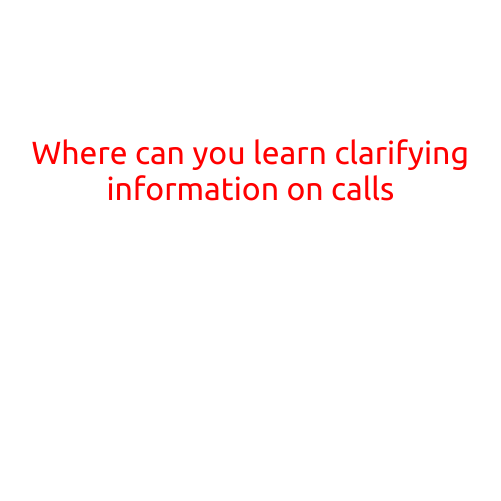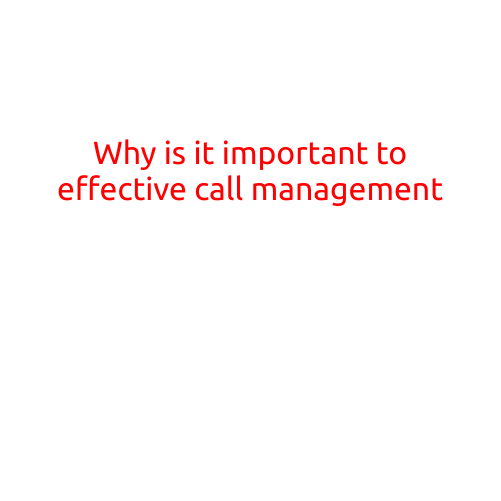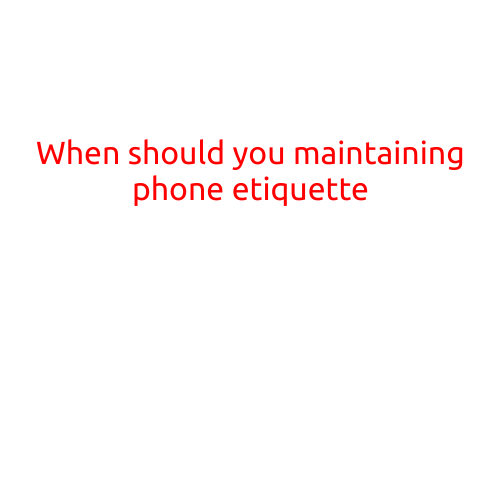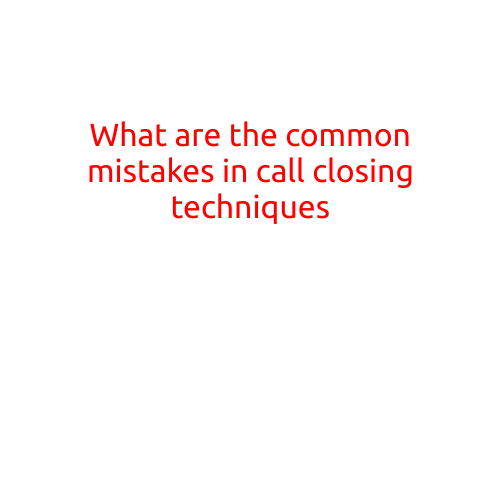
What are the Common Mistakes in Call Closing Techniques?
Closing a sales call can be a daunting task, especially when you’ve invested a considerable amount of time and effort into building rapport, rapport, and understanding the customer’s needs. However, many sales professionals struggle to close the deal, and it’s often due to common mistakes that can be avoided. In this article, we’ll explore the common mistakes in call closing techniques and provide tips on how to overcome them.
Mistake #1: Not Customizing Your Pitch
One of the most significant mistakes sales professionals make is not tailoring their pitch to the specific customer’s needs. Each customer has unique pain points and requirements, and failing to address these can result in a lack of relevance and, ultimately, a lost sale. To avoid this mistake, make sure to research the customer’s company and tailor your pitch accordingly.
Mistake #2: Failing to Address Objections
Objections are a natural part of the sales process, and it’s essential to address them promptly and effectively. Failing to do so can lead to a lost sale, as the customer may become frustrated and lose trust in your ability to deliver. Identify common objections and be prepared to address them during the call. Develop strong counterarguments and focus on the benefits of your solution.
Mistake #3: Not Building a Rapport
Building a rapport with the customer is crucial in establishing trust and credibility. Failing to do so can result in a lack of engagement and a reduced likelihood of closing the deal. Take the time to understand the customer’s needs, interests, and values, and use this information to build a connection.
Mistake #4: Being too Pushy or Aggressive
While it’s essential to be confident and assertive during a sales call, being too pushy or aggressive can be a major turnoff. This approach can result in the customer feeling uncomfortable, overwhelmed, or even intimidated. Instead, focus on providing value and building trust. Use the customer’s language and concerns to guide the conversation and ensure they feel comfortable with the decision.
Mistake #5: Not Providing Clear Instructions
Closing a deal requires clear instructions and expectations. Failing to provide these can result in confusion, miscommunication, and even a lost sale. Ensure that you clearly outline the next steps, including any necessary actions or decisions the customer needs to take.
Mistake #6: Not Following Up
Closing a deal is not the end of the sales process – it’s just the beginning. Failing to follow up with the customer after the sale can result in lost business and a damaged reputation. Develop a plan for post-sale support and follow up with the customer to ensure they’re satisfied with their purchase.
Conclusion
Closing a sales call requires a combination of skills, including communication, negotiation, and relationship-building. By avoiding common mistakes and focusing on providing value, building trust, and addressing objections, you can increase your chances of closing more deals. Remember to research the customer, build a rapport, and provide clear instructions to ensure a successful close. With practice and persistence, you’ll become a master of call closing techniques and generate more sales revenue.
